10 of the world's greatest adventures – for after this is over

My parents have a photo of me in a rowing boat aged six. Blond hair and chubby knees. A panicked expression as the river tugs the boat downstream. How was I to understand it was attached by a rope? As far as I knew I was drifting to God-knows-where. That seems quite the luxury now. Coronavirus has ended the default mode for many of us: the freedom to travel without plans.
I caught the bug early. Aged 15 I hiked through the Peak District with a pal, walking wherever looked appealing on our OS map rather than following the itinerary diligently plotted at a kitchen table. A decade later, drunk on Jack Kerouac’s On The Road, I hitchhiked in New Zealand’s South Island. After a week something interesting happened. The destinations I’d underlined in my guidebook became secondary to directions. If a ride was roughly going my way I tagged along.
There was the drive down the west coast with a goldminer, another over two days in a rickety pick-up with a farmer inspecting horses. Some fishermen dropped me at a remote bushcamp in the fjord where their boat was moored. The walking’s terrific, they said. It was, as was the freshly landed crayfish they gave me on the ride out several days later.
I left having not “done” New Zealand in any holiday sense. What a trip, though. “There was nowhere to go but everywhere, so just keep rolling under the stars,” Kerouac wrote. That was it exactly.

I mention this because we are – or were pre-lockdown – in a golden age of travel freedom. We can book a holiday 24/7; find a last-minute flight and apartment online to experience the thrill of exploring somewhere new that evening. Aren’t we lucky? That used to require weeks of planning. But, cloistered at home with books like Laurie Lee’s euphoric As I Walked Out One Midsummer Morning, I’ve started to wonder whether we haven’t forgotten something important along the way.
What appealed about New Zealand wasn’t the wild adventure of it all. Or not entirely. It was the vertiginous sense of possibility from touring with no goal. The changing destinations on a coin’s flip, the chance encounters, the taking roads just to see where they went. Can you imagine Kerouac or Lee using Google Maps or Airbnb?
Their brand of footloose travel is more accessible than you might expect. Money aside, the only essential for travel freedom is a guarantee of somewhere to sleep – a tent or camper van, or a destination with a surfeit of affordable accommodation. Everything else is preference. Food? There’s usually something somewhere to eat, if you’re not fussy. Usually transport too, either your own – on wheels, afloat, on foot – or public. Beyond that all you need is the right state of mind.
A few years ago in a bar in Korcula, Croatia, a fisherman invited me to join him hauling up his nets. I hesitated, then thought, “Why not?”. Which is how I came to be in a wooden boat shortly after dawn the next day, bobbing before a medieval town burnished by raking sunlight. The water dripping from our nets turned to gold. Quite the experience for a jolly holiday.
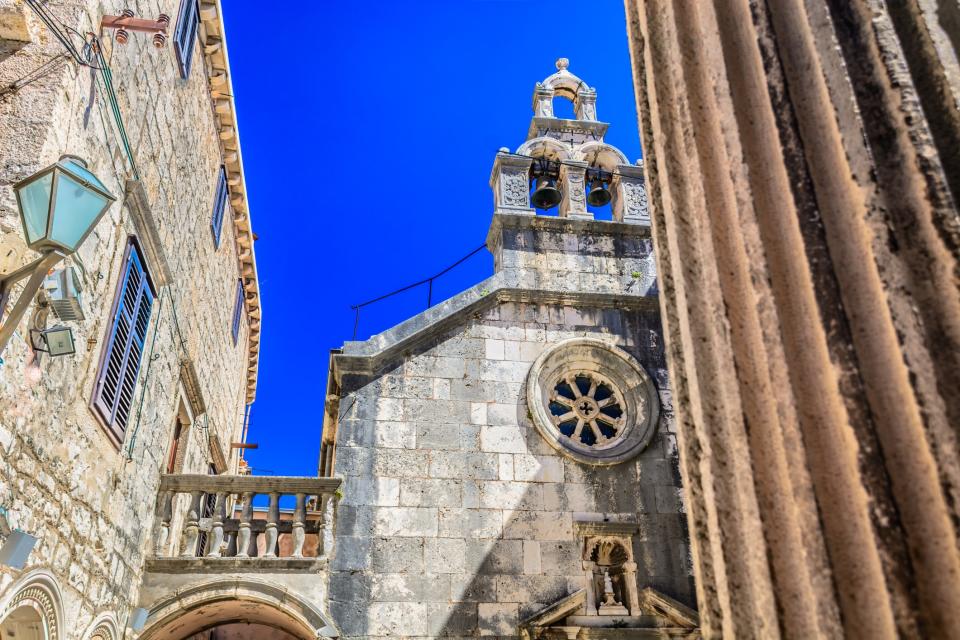
Another holiday, this to the west Highlands in a camper van: bottle-green waves to surf, long chats in wee shops as my pace slowed, wild camps at night. Magic. Yet my abiding memories are of those nights I slept outdoors.
On a clifftop on Skye I woke early. Sea like beaten silver stretched to the Western Isles. The world seemed to be holding its breath. I wouldn’t have traded that breakfast of porridge and fresh coffee for any five-star buffet.
Such moments still thrill. It’s travel as “the gorgeous feeling of teetering on the unknown”, as the late chef Anthony Bourdain said.
My guess is people will crave a holiday after this is over. There will be pressure for it to be perfect. The travel industry fetishises perfection. No wonder: it is selling us our dreams.
Yet freedom – to explore by instinct, to make spontaneous plans – can be travel’s greatest luxury. It permits us to cast off routines and live, briefly, in the moment. To drift. Don’t get me wrong, a posh hotel is lovely. But I bet it’s the encounters, discoveries and incidents that you talk about afterwards.
So perhaps this crisis is a wake-up call. Perhaps it’s time we demanded less from our holidays. Who knows, we may end up getting more. See you on the road.
1. Greece, sail of the century
Sailing is seen as a holiday for oligarchs. Actually, it’s an opportunity to play at windblown vagabond; moving from pretty bay to small harbour without repacking, feeling your tether to the world loosen, then slip entirely. It’s pure escapism.
Unless you sail, book a skippered charter in Greece. The captain shares the boat (sleeping in separate quarters); they will keep you safe, teach you to sail and navigate if you want and will have a black book of secret anchorages you would never winkle out alone.
Choose the Saronic Gulf from Athens with Sunsail (sunsail.com) for affordability. For oligarch glamour at Everyman prices, cruise the Ionian aboard Argentous through Fleewinter (fleewinter.com).

2. Western Australia dreaming
The great Aussie road trip is about small towns, surf beaches, meat pies in the servo (petrol station) and garrulous chancers in the pub. Skip the east coast (too commercial) and go west. Perth to Esperance is 700 miles of vast skies and stellar bush-camps in national parks. Beyond foodie hotspot Margaret River, the road empties and the scenery takes over: pre-colonial forests, arty Denmark town, then Albany, WA’s whale-watching base.
Aussies, who know a thing or two about coastlines, say the beaches here are their best. William and Cape Le Grand National Parks have sand like talc and sea the colour of Paul Newman’s eyes. They mostly receive farmers on holiday. No wonder they call this the Lucky Country.
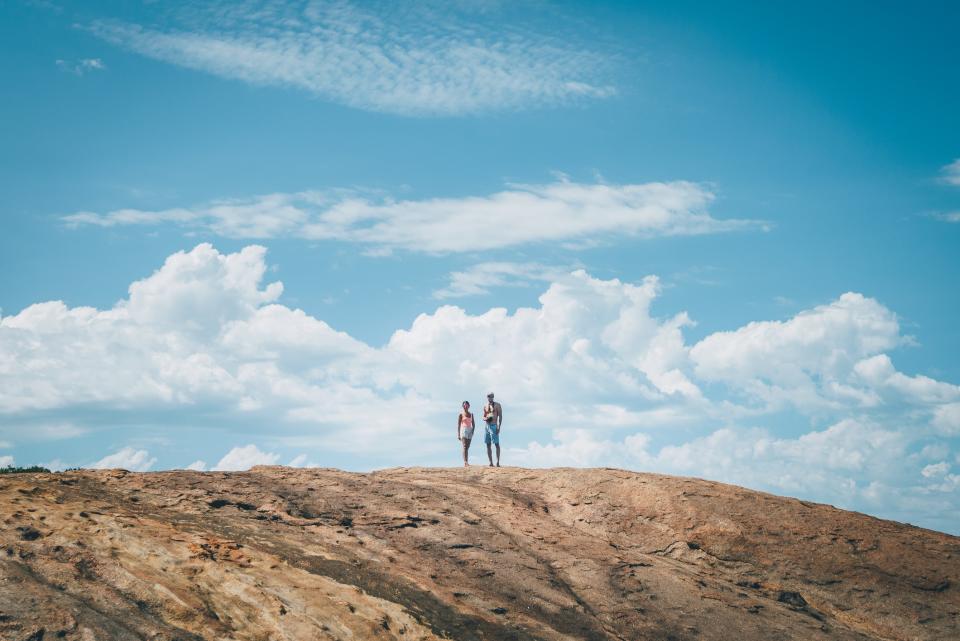
3. In search of The Beach in Thailand
“I still believe in paradise,” said Leonardo DiCaprio in The Beach. So do I, just not at Koh Phi Phi Le – the beach of The Beach is so busy Thai authorities closed it last year. Koh Phayam near the Myanmar border (fly to Ranong) remains nicely bohemian: no ATMs (Mr Trip’s shop has money exchange), no cars, no building taller than a palm tree. It is full of hopeful enterprises touting massages and organic curries. Beaches have Crusoe-esque drinking dens like Hippy Bar.
Too busy? Try neighbouring Koh Chang, where there’s little but huts on Ao Yai beach. Mine had a hammock on the veranda, a bed and a basic bathroom. When they killed the generator at 9.30pm I opened the shutters to the tropical breeze. What more do you need?
4. By train to Istanbul
In an era of climate awareness, Interrail, the pre-Schengen generation’s Golden Ticket to travel freedom, has never felt so relevant. My advice? Travel light (no one really needs five shirts) and go east: affordable, beautiful, still exotic compared to Italy or Greece.
After Paris and Munich, start in Slovene capital Ljubljana, a lovely light-hearted introduction before Croatia’s lively Zagreb and boisterous Belgrade. Gentrifying rapidly, it is a first taste of the east before Plovdiv in Bulgaria.
Never heard of last year’s European capital of culture? That’s one reason to go. Another is that it’s the gateway to Istanbul, a cosmopolitan stew of East and West cooked up since Byzantium. You’ll want some luxury on the return: Vienna is en route.

5. Slovene dream: mountain to coast on two wheels
Leave France to the Velominati. Slovenia is a better choice for the pure pleasure of two wheels thrumming on Tarmac. It is a country with respectful drivers and stellar scenery. Over a week you’ll swing through Disneyesque Lake Bled and Lake Bohinj, its jewel-box water ringed by peaks. Past sun-silvered villages you’ll circuit Slovenia’s highest peak, Triglav, towards the cuckoo-clock chalets of Kranjska Gora to hairpin up Slovenia’s highest road, the Vrsic Pass (5,285ft).
Beyond is the Soca Valley where you realise the scenery beforehand was just a warm-up. I’d spend nights in agrotourisms. Journey’s end after 250 miles is Italianate Piran on the sparkling Adriatic. Job done. Except that Venice is five days (175 miles) away. Seems a shame not to keep going, right?
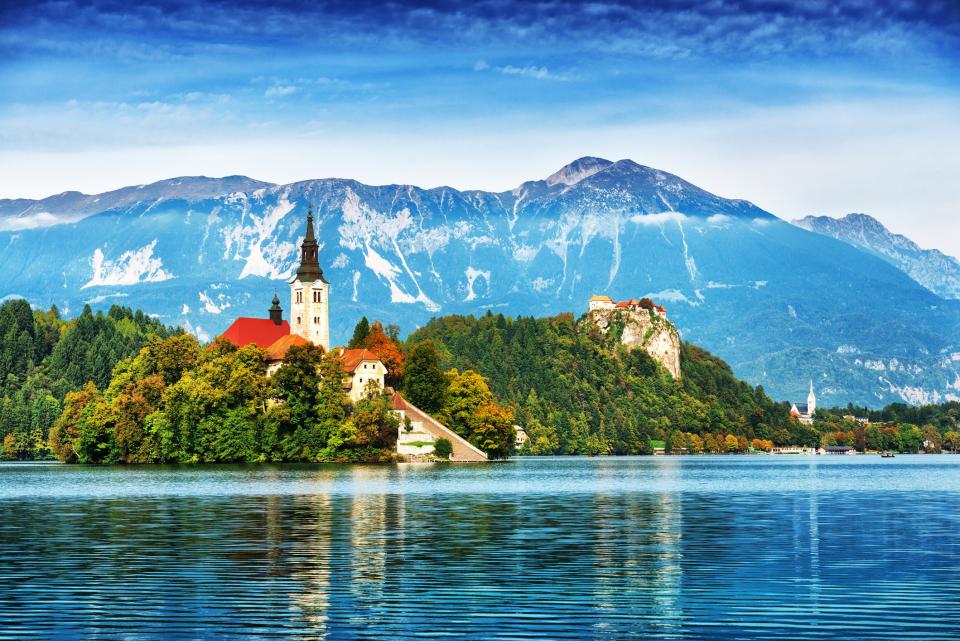
6. Europe’s best road trip
Croatia’s D8 is to Europe what Highway 1 is to America, a looping coastal road trip of open-window, sunshine-sounds driving. Between Rijeka and Dubrovnik are five World Heritage sights, three national parks and countless fish lunches by the sea. You could tick off its 350 miles in five days. Frankly, what’s the hurry?
A satisfying road trip requires unpredictability. Side roads en route lead to shimmering bays or backwaters like the Peljasic peninsula, Croatia’s Languedoc. Ferries lure you to islands with little grip on the 21st century, such as Dugi Otok. I took five weeks in a camper van. It still wasn’t enough. No van? No problem. Though hotels fill in summer, rooms are plentiful. If you don’t mind granny decor, homestays can be a lovely immersion into local life.
7. On the road across America
American road-tripping is the chance to star in your own movie. To make it a classic, skip Route 66 – too much phoney nostalgia – and take Route 50. Built for the Pony Express, it runs coast to coast for 3,000 miles, but the good stuff is the 450 miles through Nevada along what Life magazine called “The Loneliest Road in America” (fly to Salt Lake City). It is a drive to sear the soul. Beyond Ely is tumbleweed in ghost-towns, Jesus on the radio, coyotes and roads arrowing through desert of horizon-shoving scale. Spiky characters haunt bars in backwaters like Eureka and Austin – the best options to stay. Too soon you’ll boom into Sacramento, California, then San Francisco, all Pacific sunshine and hippy happy vibes. The perfect balance.
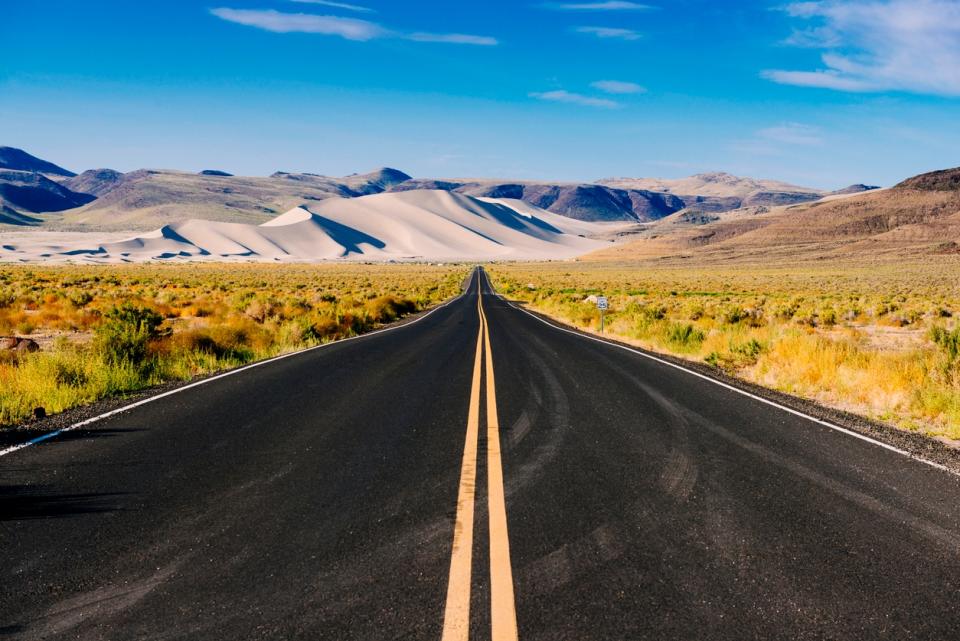
8. Exotic India
Travel snobs sneer that Rajasthan, a backpacker favourite for over 60 years, isn’t “the real India”. That’s like saying visitors seeking “the real UK” should skip Bath for Basingstoke. The north-western region remains India at its most vivid. In Jaipur, Jodhpur, Udaipur and Jaisalmer are frescoed historic havelis, Mogul palaces bubbling with domes and austere desert fortresses. The streets are full of the hot slap of spices and cries of chai-wallahs. Trust me, there remains plenty to see. Allow three weeks at least. More than that, Rajasthan has the infrastructure that a freewheeling traveller needs: plentiful accommodation, from budget guesthouses to luxury stays; frequent cheap transport. Being a backpacker favourite has its advantages.
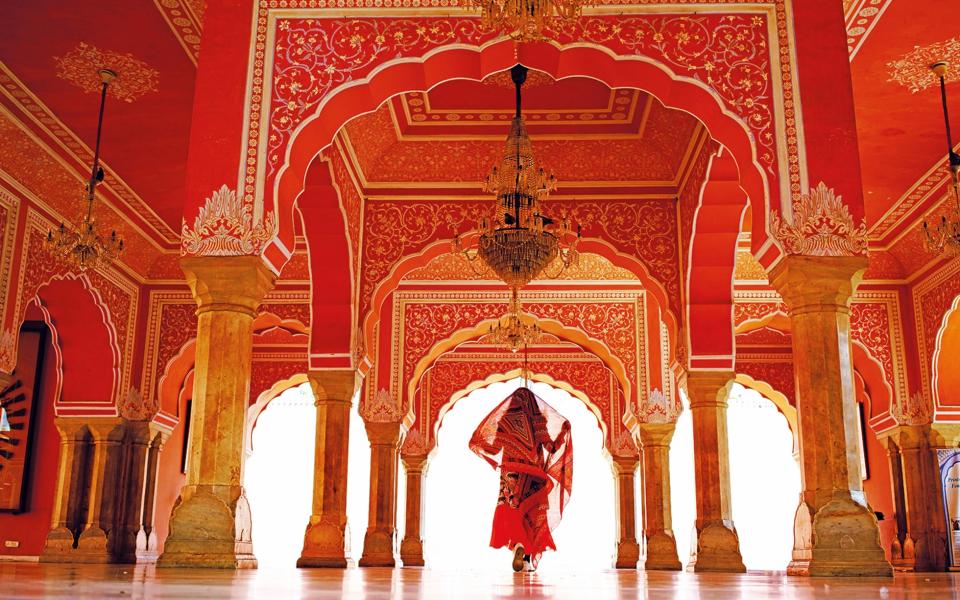
9. Island paradise
Indonesia is my footloose fantasy: over 17,000 islands; beaches, volcanoes and voluptuous jungle; peerless tropical diving and surfing; gentle people who are generous to a fault. Throw in easy transport (air or ferry – more fun if you’ve time) plus keen prices (important when we emerge from coronavirus) and you have a decent interpretation of paradise. Things become wilder the further you island-hop from Bali. Beyond mellow Nusa Lembongan island, two hours from Bali’s airport, Lombok and Gili Air are holiday heaven: laid-back, local, surrounded by sapphire sea. Flores and Sumba beyond seem to lag a century behind everywhere else. They are, respectively, islands of acid-green rice paddies and wild-horse savannahs, places where Christian animism is everyday and tourism is in its infancy. See you in paradise.
10. Go wild on the West Highland Way
People say they hike Scotland’s West Highland Way (westhighlandway.org) for the scenery. They don’t really. The Cotswolds is pretty and you don’t hear awed eulogies to that. No, good looks aside, you walk 95 miles from Milngavie to Fort William to experience an environment where nature rules. That’s why I recommend at least one night of your eight be a wild camp. The right of every respectful hiker in Scotland is to camp somewhere remote for free. Sleep may be fitful (I find whisky helps) and you’ll wake early. But you’ll get some of our grandest landscapes to yourself. Be warned: it’s addictive. Don’t be surprised if the stars you marvelled at alone lose their fascination at a hotel. There’s a lesson in there somewhere.
What great adventure would you like to go on once all of this over? Tell us in the comments section below.

